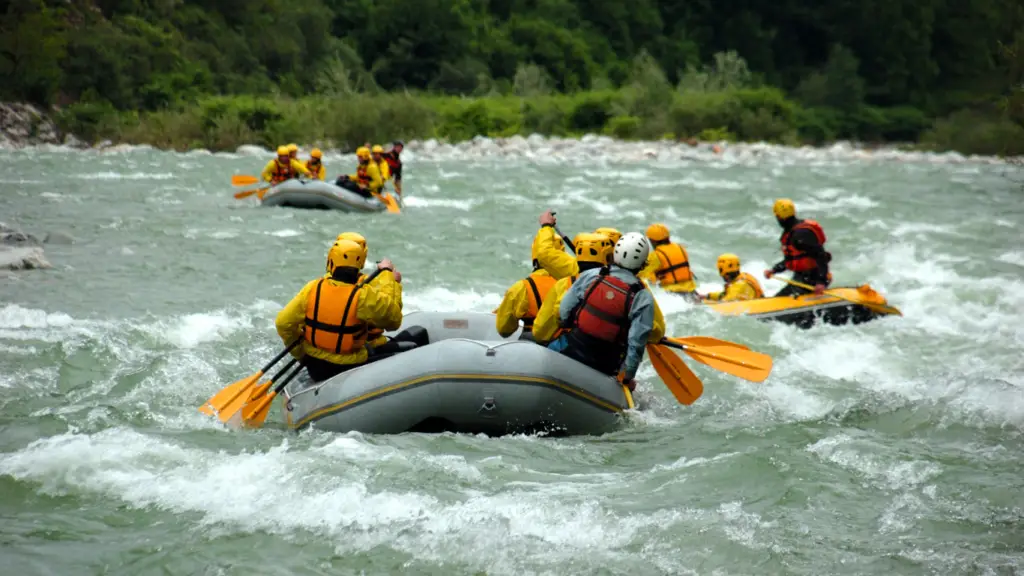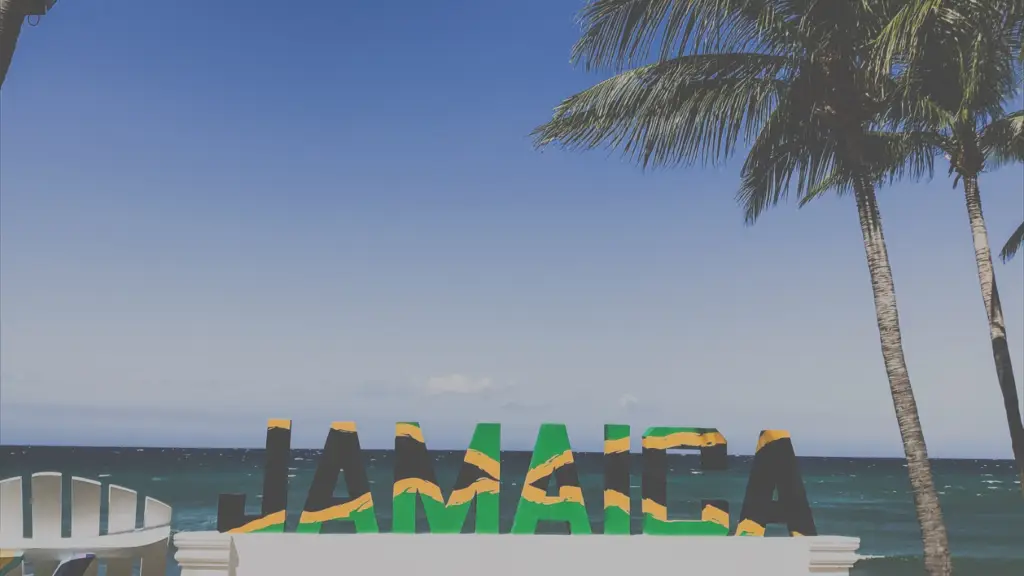The warmth of Jamaicans, the food, the culture, the music, the beaches, sights and excursions, and so on are drawbacks to the island. You can ask any visitor what drew them to Jamaica, and One thing is sure: you will never receive a single response. People find it difficult to pinpoint a particular feature or cause that keeps them returning.
This little island in the middle of the Caribbean Sea is incredibly outsized by the kindness it inspires worldwide.
Let us look at some factors that keep visitors and the Jamaica Diaspora returning to the island.
The proximity and ease of access by flight from its primary market, the United States, is critical, making Jamaica an easy sell. Add a year-round tropical temperature, brilliant sunshine during the day, balmy evenings with spectacular sunsets, lovely beaches leading into turquoise waters, thick greenery, and outstanding flora and fauna. Yes, Mother Nature has bestowed upon us a very winning combination of talents.
But it is only the start of the narrative. According to a recent poll of travel consultants specialising in island travel, the top three factors are the Jamaican people, culture, and food for the tourist attraction.
Jamaican culture is as distinct as its people. Jamaicans have grown from a mixture of ethnicities represented in the country’s slogan “Out of Many, One People” during centuries of slavery, colonisation, indentured labour, and voluntary immigration. Naturally, Jamaica’s past, as well as its people’s perseverance and drive, have shaped the culture of this island nation.
Some Root cause reasons that draw tourists back to jamaica
Jamaica is famed as the birthplace of reggae and jerk, but the island has much more to offer. The country features some of the most incredible beaches in the Caribbean, breathtaking natural wonders such as waterfalls and lagoons, and one of the world’s rarest coffees. Here are some reasons it should be on your bucket list.
1. The World Class beaches

Jamaica has some of the most well-known beaches in the Caribbean. The most notable are Negril’s Seven Mile Beach and James Bond Beach in Ocho Rios. The former is a highway-long stretch of platinum sand bordered by palm palms and five-star hotels, while the latter served as the setting for Dr No. Other prominent sites in Montego Bay include celebrity favourite Frenchman’s Cove and the vibrant Doctor’s Cave Beach.
2. Reggae music
Reggae and dancehall were both born in Jamaica. Music may be heard anywhere on the island, including beside the pool, on the beach, at street food carts, and in bars and restaurants. Head to Montego Bay’s Hip Strip to drink and dance to live acts till the early hours. For a more relaxed atmosphere, go to Rick’s Café in Negril and listen to rocksteady music while watching the sunset.
3. The Home of Jerk
Jerk is a method of cuisine that includes marinating pieces of meat and shellfish in an allspice and scotch bonnet marinade and smoking them over hot coals. Jerk foods are available in restaurants and street food carts around the island. If you want to go on a jerk pilgrimage, travel to the Boston Beach region, where the first jerk booths in Jamaica are claimed to have been erected.
4. Rare Glowing Lagoons
The Luminous Lagoon, located just off the coast of Falmouth, is home to a unique type of algae known as a dinoflagellate. It is almost invisible during the day, but it begins to shine in blue strobes when disturbed at night. A boat cruise from Glistening Waters hotel is the finest way to witness the phenomena. As you ride across the lake, see it light up like the Las Vegas strip, then jump in for a dip.
5. It produces one of the world’s most coveted coffees.
The Blue Mountains rise like bloated green bellies from the ground 24 miles (40 kilometres) north of Kingston. The region is densely forested, and one of the most gratifying walks leads you to Jamaica’s highest peak, Blue Mountain Peak, which rises 7,402 feet (2,256 meters) above sea level. This area of the island is also famous for its coffee. There are coffee plantations throughout the place, and many accept visitors for guided tours and tastings.
6. Martha Brae River Rafting

Nothing beats a bamboo rafting trip down the Martha Brae River for relaxation or romance. As you float through historic plantations and tropical surroundings, the vista is breathtaking. The Martha Brae River is a 20-mile (32-kilometre) length of fern-green water that flows through Cockpit Country in Jamaica’s centre. Board a 30ft (9m) bamboo raft, and a captain – Jamaica’s version of a Venetian gondolier – will guide you around the river. If you bring some cash, you may buy fresh coconuts from residents on the riverside while cruising.
7. Waterfall

Dunns River Falls is one of the more well-liked Montego Bay day trips close to Ocho Rios. Tourists like hiking up to the 180-meter-high cascading Dunns River Falls. Many trips offer combo excursions, such as a journey to Green Grotto Caves and a stop at Dunns River Falls. Another option is to go for a morning ride and swim before continuing to Dunns River Falls in the afternoon. If climbing the falls isn’t thrilling enough, there’s also a zip-line circuit with seven zip lines and four hanging bridges.
8. 100 different dive sites
In the oceans surrounding Jamaica, there are enough tropical fish to fill a Sea Life Centre. The collection includes parrot fish, four-eyed butterflyfish, and eagle rays. If you’re interested, dozens of diving schools in Montego Bay, Negril, and Ocho Rios cater to novices. Meanwhile, top dive destinations for more experienced divers include the Throne Room, where you may occasionally glimpse six-foot vegetarian nurse sharks, and the wreck of the World War II minesweeper the SS Kathryn.
It has been heard that Jamaica is more than a country; it’s an experience. Visitors to Jamaica should expect to encounter kind, inviting people willing to share and create lasting friendships. And what has benefited the island’s tourism business is its capacity to captivate visitors with cultural and gastronomic innovations derived from its history and natural resources – waterfalls, birthplaces, magnificent houses, former plantations, and functioning farms becoming tourist attractions and tours; food preservation and preparation techniques becoming culinary demonstrations, cooking classes, and food festivals.
Jamaica hosts events annually to promote its cuisine, culture, and music. It should be noted, however, that regardless of how an event is presented, it is entwined with a combination of all three. A cuisine festival, for example, would be incomplete without musical performances and an artisan zone where visitors may browse and purchase local arts and crafts.
There are various phenomenally successful events, namely the Jamaica Rum Festival, Mobay Jerk Festival and Reggae Sumfest, The Jamaica Blue Mountain Coffee Festival, Kingston City Marathon, Calabash Literary Festival and many others.
There will be lots more to come, so keep an eye on this place.

